The Austrian Lacemaker: Dagobert Peche
The early 20th century Austrian designer Dagobert Peche was a remarkable talent, whose visionary career expanded across a seemingly endless array of decorative art forms, including metalwork, glass, ceramics, furniture, architecture, and textiles. One of his greatest contributions came in the form of lacemaking – he produced and designed a large body of stunningly intricate and deeply sophisticated designs which elevated lacemaking into an art form, particularly after he mastered the pin lace technique from 1918 onwards. Although he died at just 36 years old, Peche had already left behind a significant and influential legacy.
Peche was born in 1887 in Sankt Michael im Lungau, Salzburg, Austria. He trained at the Technical College of Vienna as an architect, before transferring to the Academy of Fine Arts. Travel to the UK in 1910 had a profound impact on Peche’s creative endeavours, particularly when he encountered the art of British illustrator Aubrey Beardsley, whose intricate, linear Art Nouveau designs helped shape Peche’s visual vocabulary.
During the same year, Peche began submitting his own textile and wallpaper designs to the Wiener Werkstätte (Viennese Workshops) in Austria, a close community of highly skilled artisans, artists, and designers who produced modern decorative arts with the aim of bringing high quality craftsmanship into ordinary homes. Over the following years, Peche produced design work for numerous arts businesses, including textile and carpet designers Johann Backhausen, and wallpaper designers Max Schmidt and Flammersheim. In 1915, Peche became the artistic director of the Weiner Werkstätte, where he became a hugely influential force.
While working at the Werkstätte Pecha developed and expanded his lacemaking designs and skills. The workshop had already begun making lace from 1911. But under Peche’s direction, the earlier emphasis on abstracted, rectilinear designs with floral motifs shifted towards open meshwork with heavier thread, a technique which allowed for more complex and illustrative designs to be produced.
We see in Peche’s designs from this period how lace became far more illustrative, elaborate and flamboyant, featuring smartly dressed figures, along with fantastical animals, plants and cherubs. Peche’s swirling, decorative style chimed with the widespread Austrian emphasis on elaborate, Baroque ornamentation during the early 20th century. As workshop director, Peche was particularly supportive of women designers and makers, many of whom flourished under his leadership.
In 1917, Peche moved with his family to Zurich, where he took up the role of director at the Zurich branch of the Weiner Werkstätte. He remained here until 1919. While in Zurich, Peche mastered the pin lace technique, using a crochet hook and two metal rods held parallel, in between which the design is painstakingly produced. The somewhat looser technique gave him greater freedom to experiment with different scales, textures and designs than in his earlier work.
Over the years, Peche expanded his lace designs into a huge range of interior design objects, ranging from doilies and pillowcases to full curtains and wall hangings. These objets d’art were often made by the Weiner Werkstätte in matching sets or multiples, and reproduced over and over again by the Werkstätte’s highly skilled teams of makers. As such, Peche, and the workshop successfully achieved the Arts and Crafts goal of bringing well-designed, high-quality goods out to the wider public, to be enjoyed by all.
Today many of Peche’s most complex and intricate designs are held in museum collections around the world, particularly in the United States, including the Chazen Museum of Art in Wisconsin, the Cooper Hewitt Smithsonian Design Museum in New York, the Rhode Island School of Design Museum and the Metropolitan Museum of Art in New York, where they are enjoyed by world wide audiences, and continue to inspire the lacemakers and embroiderers of today.





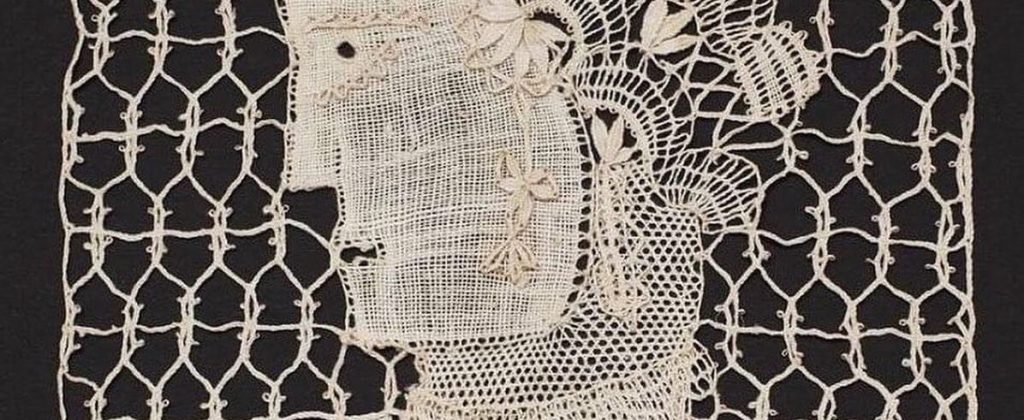
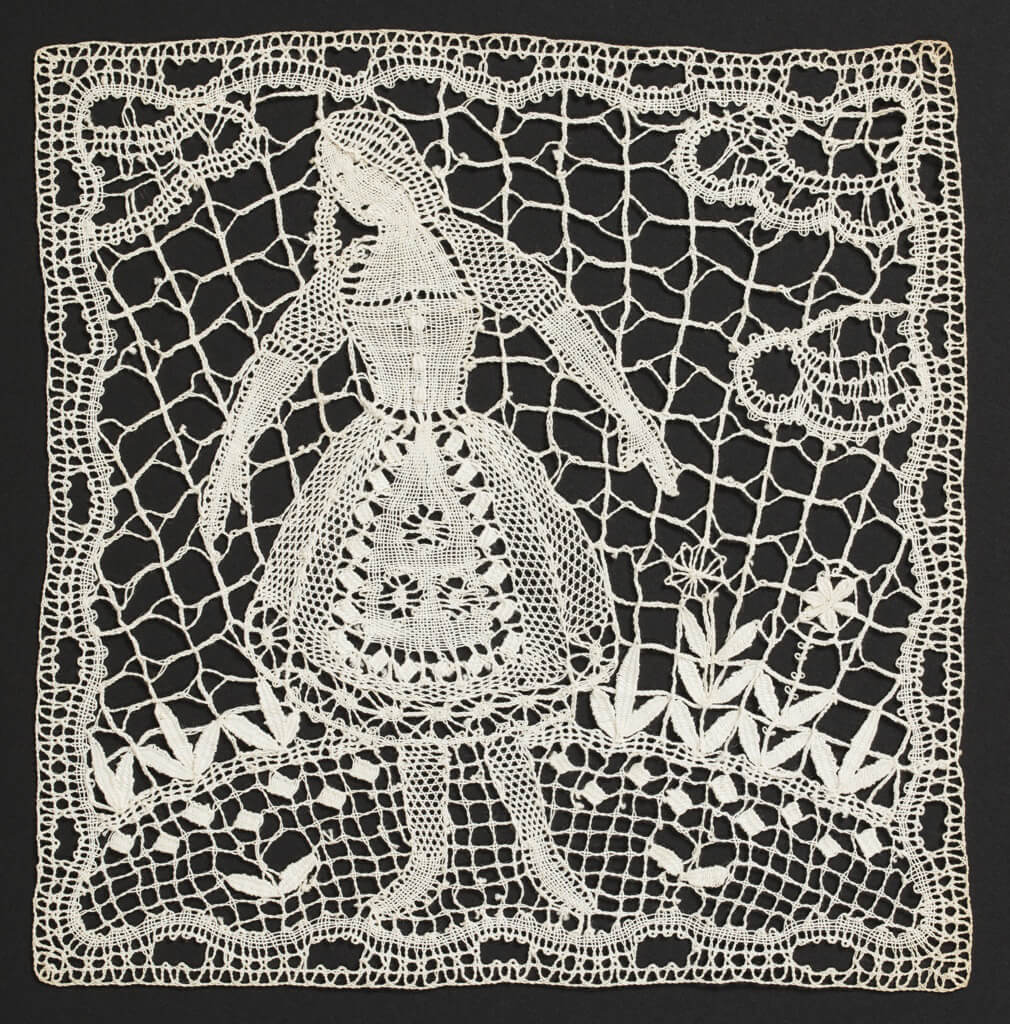
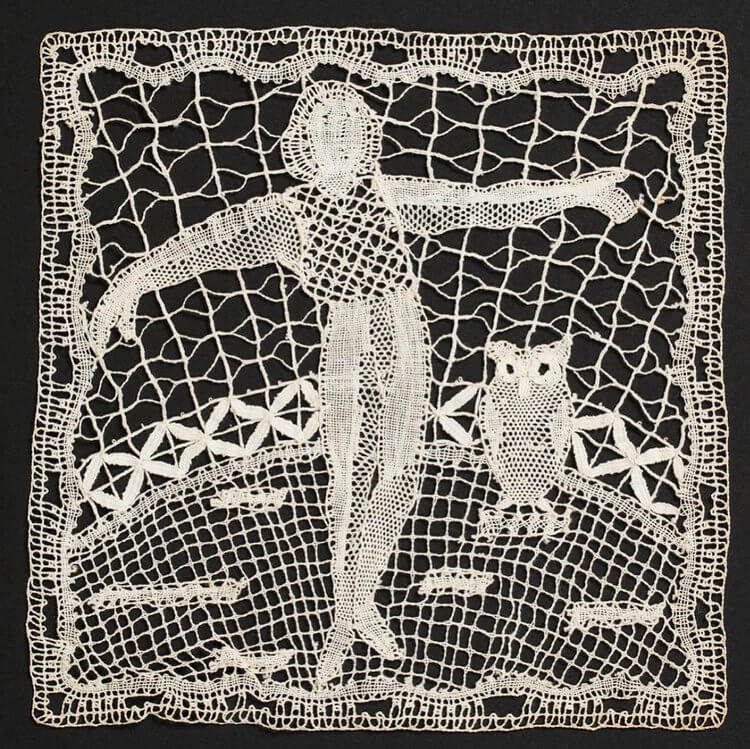
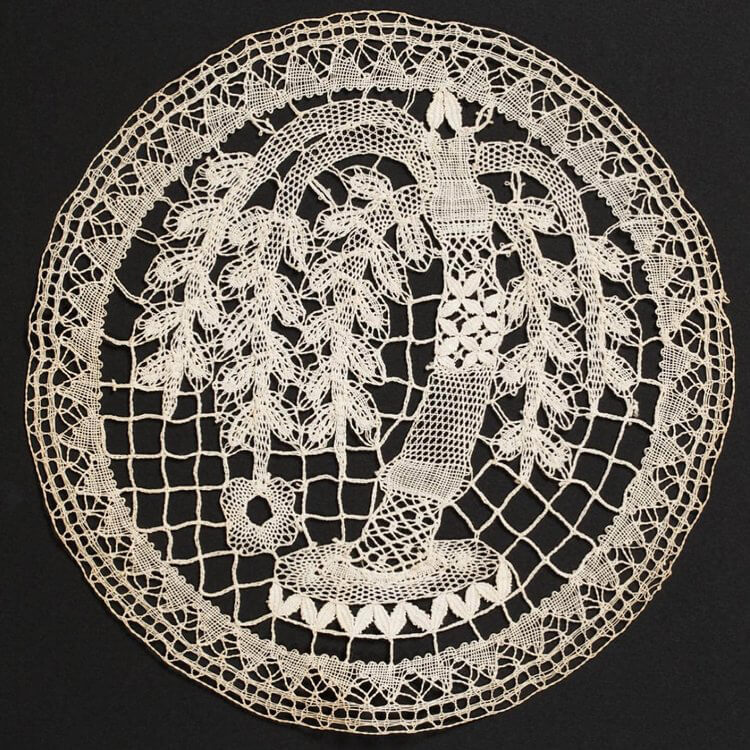
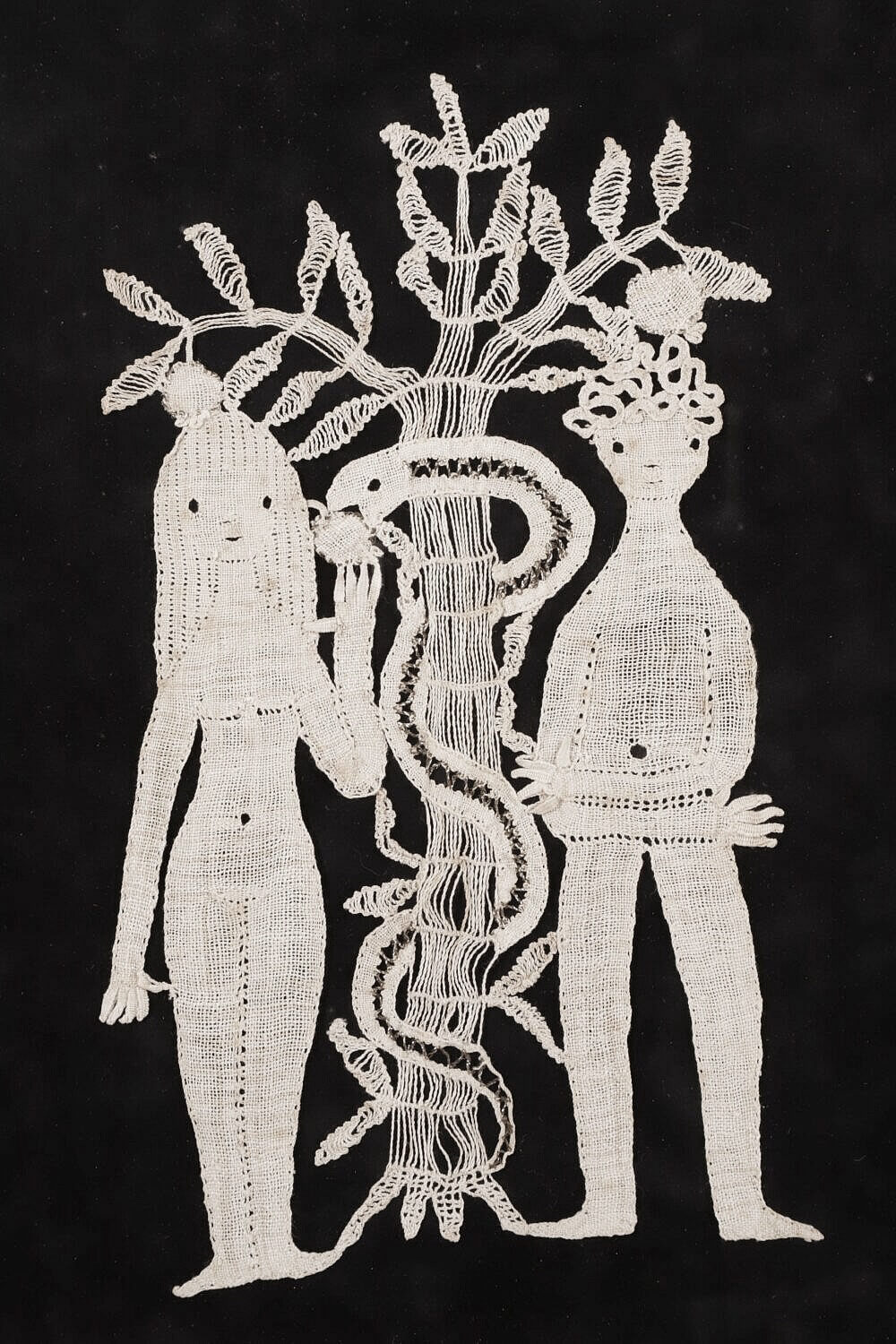
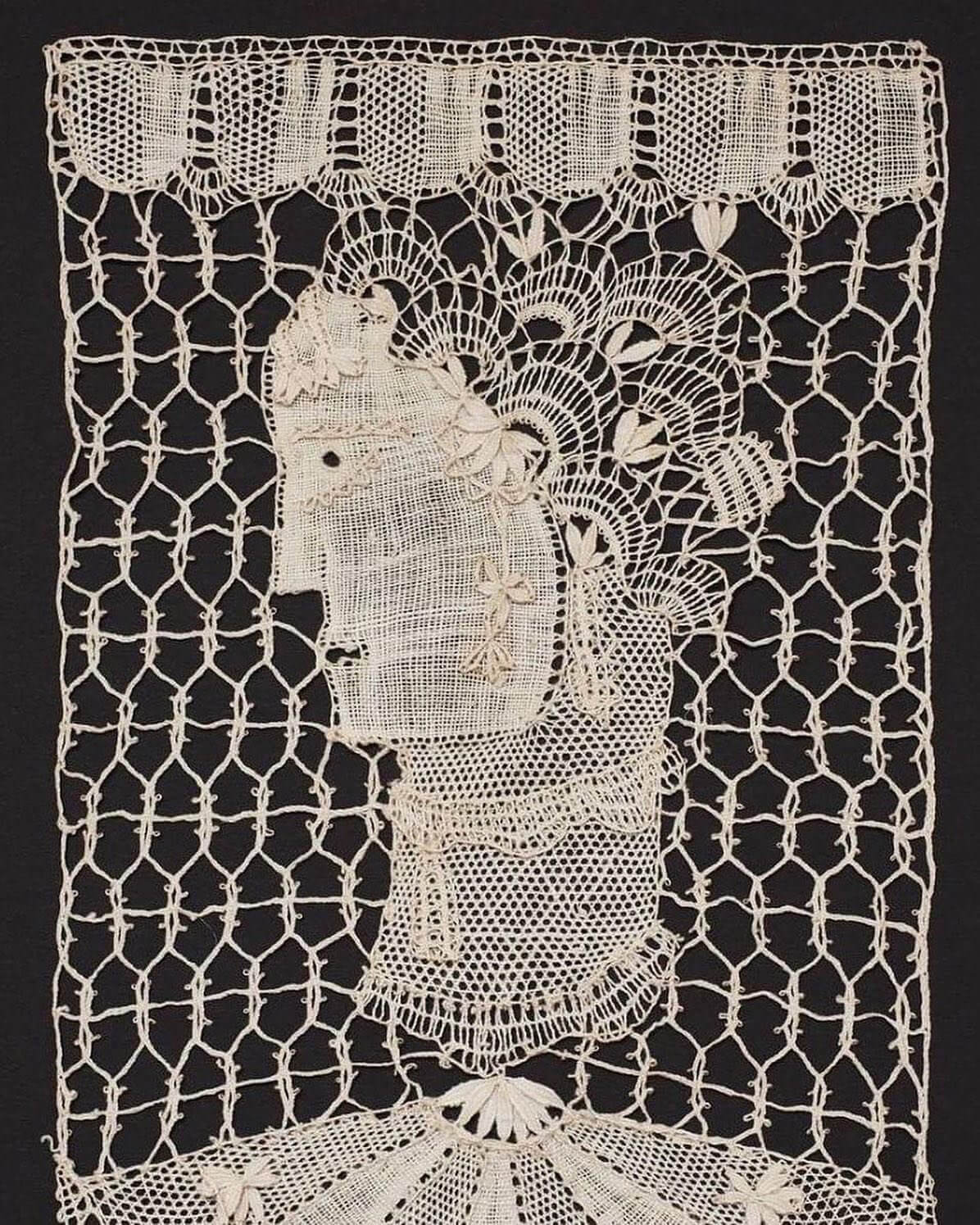
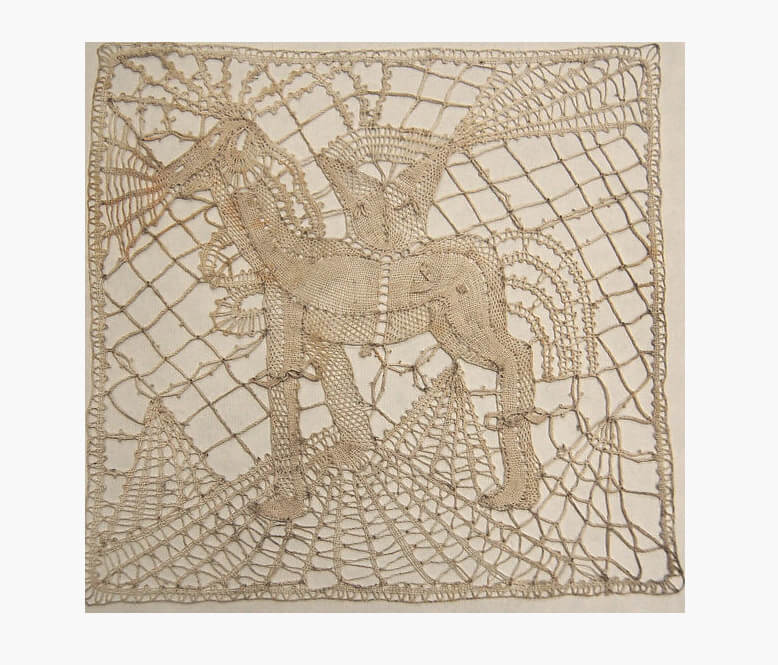


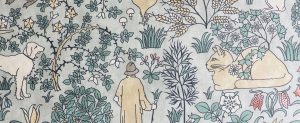
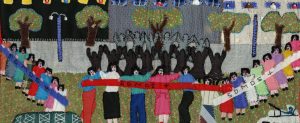
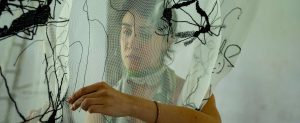












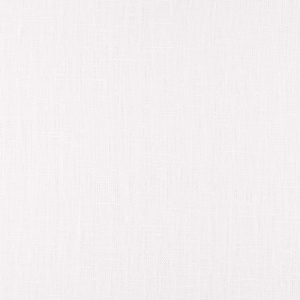




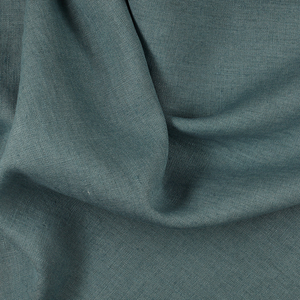


















2 Comments
kamade harboe
I love how versatile the Drake Albania Jacket https://www.thejacketspot.com/product/drake-albanian-flag-jacket/ is it works for both casual outings and more dressed-up events definitely a go to piece for any season can not recommend it enough.
Ellen McPherson
Fascinating. My grandmother collected lace in Europe during the course of her grand tour as a young woman then on her honeymoon and thereafter on her many trips to the continent over the course of a long life. As a young girl she was brought up to study and practice the art of lace. I’ve inherited it all – none of her other eleven grandchildren were interested in it. It is such a fascinating part of the fabric world. I wonder what else we would have seen from Peche had he not died so young. I loved your article!